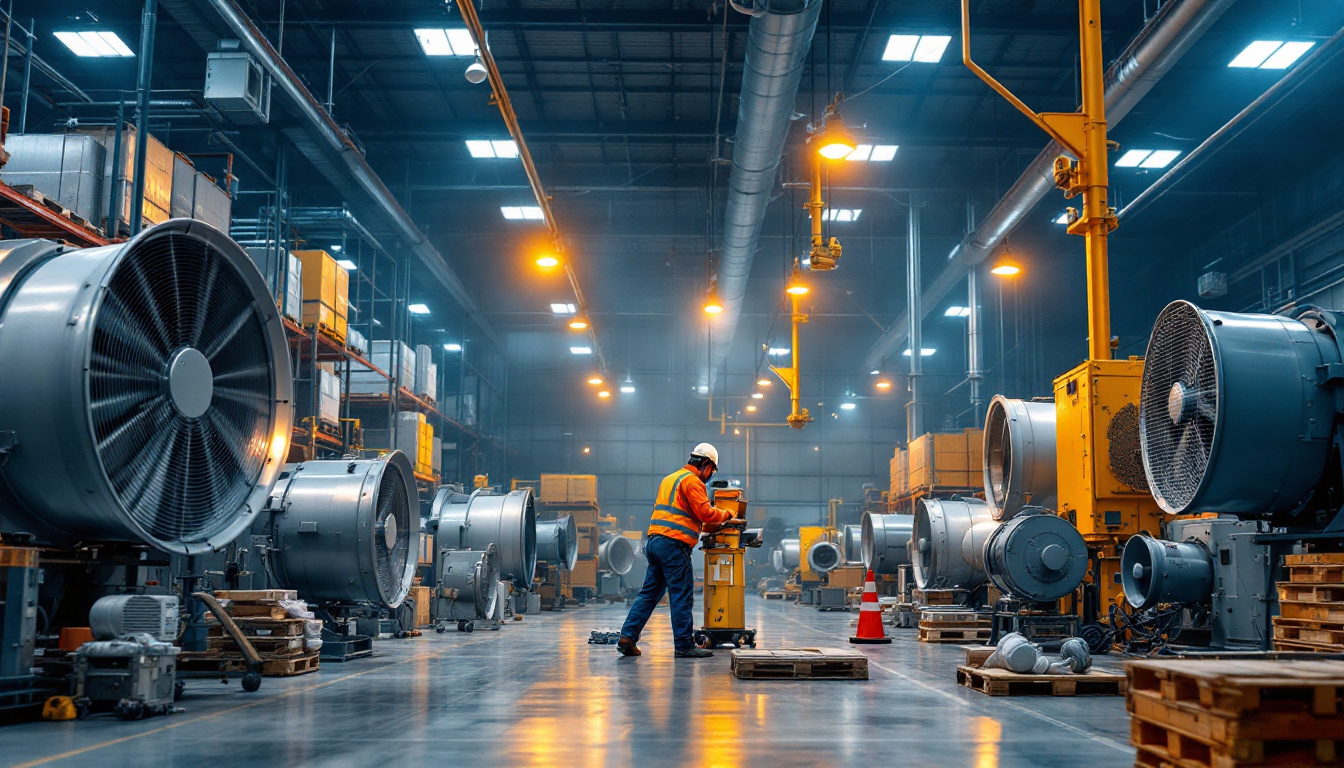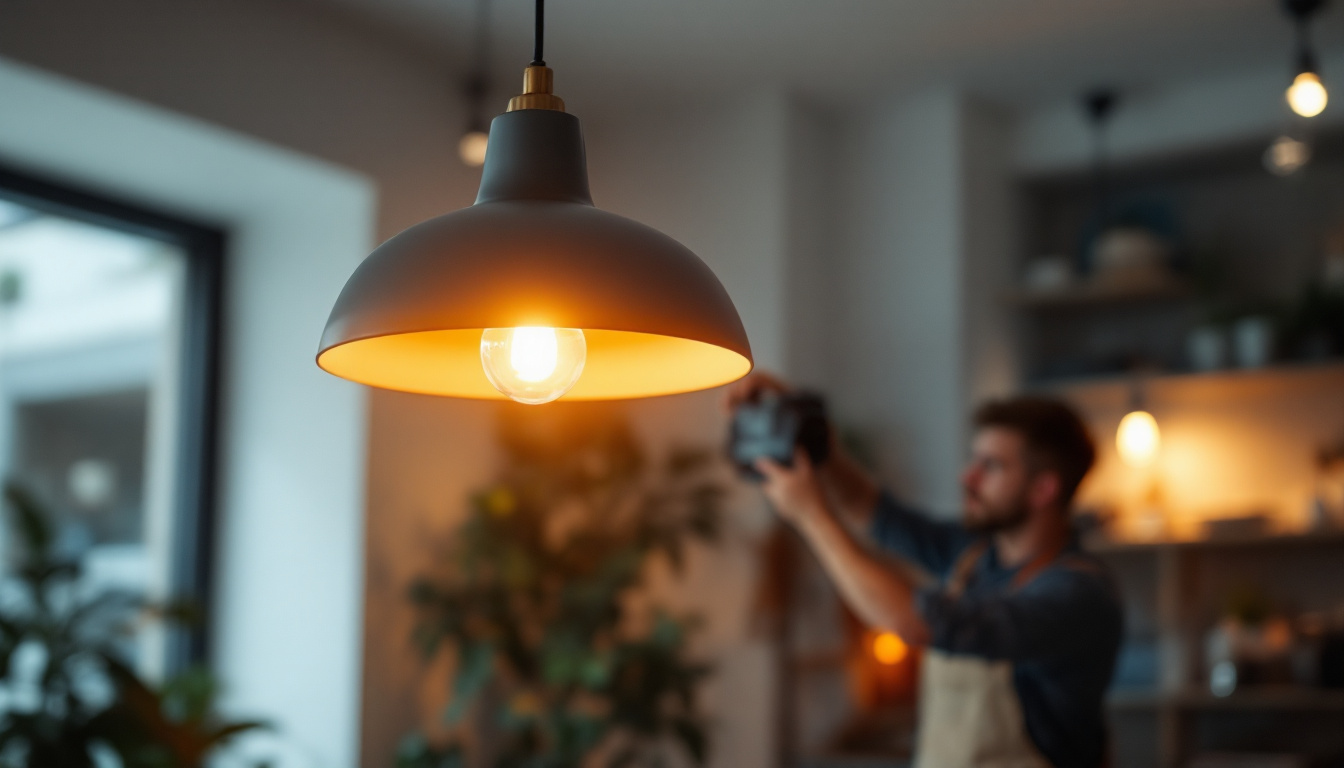
As the demand for high-quality stadium lighting continues to rise, lighting contractors are increasingly seeking the best options available in the market. Whether it’s for sports arenas, concert venues, or other large outdoor spaces, selecting the right stadium lights can significantly impact the overall experience for both participants and spectators. This article delves into the essential do’s and don’ts for lighting contractors when exploring stadium lights for sale.
Stadium lighting is not just about illumination; it plays a crucial role in enhancing visibility, ensuring safety, and creating an engaging atmosphere. Proper lighting allows athletes to perform at their best while providing fans with an enjoyable viewing experience. Moreover, high-quality lighting can also impact broadcast quality, making it vital for venues that host televised events. The right lighting setup can transform a simple game into an electrifying spectacle, capturing the attention of viewers both in the stands and at home. This is particularly important as sports organizations increasingly seek to enhance fan engagement through immersive experiences.
With various options available, lighting contractors must consider several factors, including the type of fixtures, energy efficiency, and maintenance requirements. Understanding these aspects will enable contractors to make informed decisions when purchasing stadium lights. Furthermore, the integration of smart lighting technology is becoming more prevalent, allowing for dynamic adjustments based on the time of day or specific events. This adaptability not only improves the overall experience but also aligns with sustainability goals by reducing energy consumption when full brightness is not necessary.
There are several types of stadium lights available, each with its unique benefits. LED lights are becoming increasingly popular due to their energy efficiency and long lifespan. They provide bright illumination while consuming less power, making them a cost-effective choice for large venues. Additionally, LEDs have the advantage of instant on/off capabilities, which is particularly useful for events that require quick transitions between different lighting scenarios, such as halftime shows or post-game celebrations.
Metal halide lights, on the other hand, have been a traditional choice for stadium lighting. They offer excellent color rendering and are suitable for sports events. However, they consume more energy and have a shorter lifespan compared to LEDs. As technology evolves, many venues are now transitioning from metal halide to LED systems, not only for cost savings but also to enhance the quality of light. The shift is also driven by the increasing demand for environmentally friendly solutions, as LED lights contain no hazardous materials and are fully recyclable, contributing to a greener future for sports facilities.
When selecting stadium lights, contractors should consider factors such as brightness, beam angle, and color temperature. Brightness is measured in lumens, and the required lumens will depend on the specific use of the stadium. Beam angle affects how light is distributed across the field, while color temperature can influence the overall ambiance of the venue. A cooler color temperature can create a more vibrant atmosphere, ideal for high-energy sports, while warmer tones may be more suitable for events that aim to create a relaxed environment.
Additionally, energy efficiency is a critical consideration. Choosing lights with a high lumen-per-watt ratio can lead to significant cost savings in energy bills over time. Furthermore, understanding the local regulations regarding light pollution and energy consumption can guide contractors in making suitable choices. Beyond these technical specifications, it’s also essential to consider the aesthetic impact of the lighting design on the stadium’s architecture. A well-thought-out lighting scheme can enhance the visual appeal of the venue, making it not only functional but also a landmark in the community. As stadiums continue to evolve into multi-purpose venues, the importance of versatile and effective lighting solutions cannot be overstated, ensuring that every event is illuminated to perfection.
When it comes to purchasing stadium lights, there are several best practices that lighting contractors should follow to ensure they make the right choices.
Before making any purchases, it’s essential to conduct thorough research on the available options. This includes understanding the latest technologies, comparing products from different manufacturers, and reading reviews from other contractors who have used specific lighting solutions. Researching the market will help contractors identify the best products that meet their needs.
Furthermore, attending industry trade shows and conferences can provide valuable insights into emerging trends and innovations in stadium lighting. Networking with other professionals can also lead to recommendations and tips that may not be readily available online.
Energy efficiency should be a top priority for lighting contractors. Selecting energy-efficient lights not only reduces operational costs but also contributes to sustainability efforts. Many venues are now focusing on reducing their carbon footprint, making energy-efficient lighting a key consideration.
LED lights are often the best choice in this regard, as they consume significantly less energy compared to traditional lighting options. Additionally, many manufacturers offer warranties that guarantee the longevity of their products, further enhancing the value of the investment.
Before finalizing a purchase, contractors should evaluate the maintenance requirements of the stadium lights. Some lighting solutions may require frequent bulb replacements or extensive upkeep, which can lead to increased costs over time. Choosing lights that are easy to maintain and have a long lifespan can save contractors both time and money.
Additionally, considering the availability of replacement parts and the manufacturer’s support can be beneficial. A reliable support system can make a significant difference in maintaining the lighting system effectively.
While there are many do’s to consider, there are also several pitfalls that lighting contractors should avoid when purchasing stadium lights.
One of the most significant mistakes contractors can make is compromising on quality to save costs. While it may be tempting to choose cheaper options, low-quality lights can lead to poor performance, increased maintenance, and ultimately higher costs in the long run. Investing in high-quality lighting solutions will pay off through enhanced performance and durability.
Contractors should focus on reputable manufacturers known for their quality products and customer service. Reading reviews and seeking recommendations can help identify trustworthy brands that deliver reliable lighting solutions.
Every venue is subject to local regulations regarding lighting, especially concerning light pollution and energy consumption. Ignoring these regulations can lead to fines and the need for costly adjustments after installation. Contractors should familiarize themselves with local laws and ensure that the chosen lighting solutions comply with all requirements.
Consulting with local authorities or industry experts can provide valuable insights into the necessary regulations and help avoid potential issues down the line.
The design of the lighting system is as important as the lights themselves. A poorly designed lighting system can lead to uneven illumination, shadows, and glare, which can negatively impact the experience for athletes and spectators alike. Contractors should work closely with lighting designers to create a well-thought-out plan that considers the specific needs of the venue.
Incorporating advanced lighting controls can also enhance the overall design. Smart lighting systems allow for adjustable brightness and color temperature, providing flexibility for different events and enhancing the atmosphere of the venue.
Once the right stadium lights have been selected, proper installation is crucial to ensure optimal performance. Following best practices during installation can prevent future issues and enhance the longevity of the lighting system.
Proper placement of stadium lights is essential for achieving uniform illumination across the field. Contractors should carefully plan the placement of fixtures, considering factors such as beam angle and height. Utilizing computer modeling software can help visualize the lighting layout and identify any potential issues before installation.
Additionally, ensuring that lights are positioned to minimize glare for both players and spectators will enhance the overall experience. This attention to detail during the planning phase can lead to significant improvements in the effectiveness of the lighting system.
Safety should always be a top priority during installation. Contractors must adhere to all safety regulations and guidelines to protect both workers and the venue. This includes using proper equipment, securing fixtures adequately, and ensuring that electrical connections are safe and compliant with local codes.
Training workers on safe installation practices and conducting regular safety audits can help minimize the risk of accidents and ensure a smooth installation process.
After installation, it is essential to test the lighting system thoroughly. Conducting tests will help identify any areas that may require adjustments to achieve optimal performance. This includes checking for even illumination, adjusting angles, and ensuring that all fixtures are functioning correctly.
Regular maintenance checks after installation will also help keep the lighting system in top condition. Establishing a maintenance schedule can prevent issues from arising and extend the lifespan of the lights.
Purchasing stadium lights is a significant investment for lighting contractors, and making informed decisions is crucial for success. By following the do’s and don’ts outlined in this article, contractors can navigate the complexities of selecting and installing stadium lighting effectively.
Prioritizing quality, energy efficiency, and proper design will not only enhance the performance of the lighting system but also contribute to a better experience for athletes and fans alike. With careful planning and execution, lighting contractors can illuminate stadiums in a way that meets the demands of modern sports and entertainment venues.
Ready to elevate your stadium lighting projects with the highest quality at the best value? Look no further than LumenWholesale, where we specialize in providing spec-grade lighting products designed for the demands of modern sports and entertainment venues. Our commitment to cutting out the middleman means you get unbeatable wholesale prices without sacrificing performance. With free shipping on bulk orders, LumenWholesale is your go-to source for reliable, high-performance lighting solutions. Don’t settle for less; choose LumenWholesale for Wholesale Lighting at the Best Value and light up your next project with confidence.

Discover how contemporary landscape lighting is revolutionizing efficiency for lighting contractors.

Discover the frequent pitfalls lighting contractors encounter when installing warehouse fans.

Discover how LED pendant lamps are transforming the lighting industry and becoming an essential tool for contractors.

Discover how photo sensor lights can be a game-changer for lighting contractors.